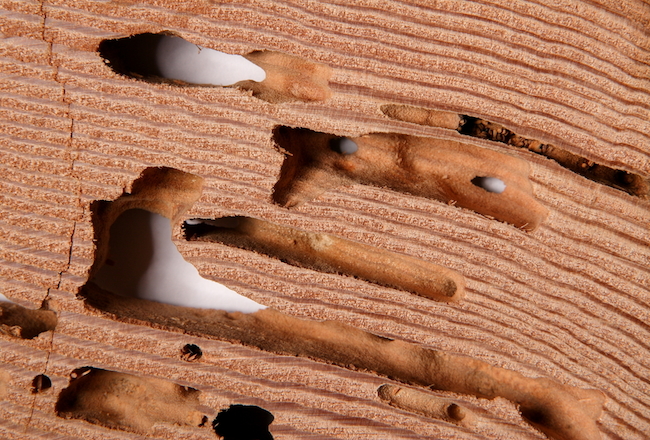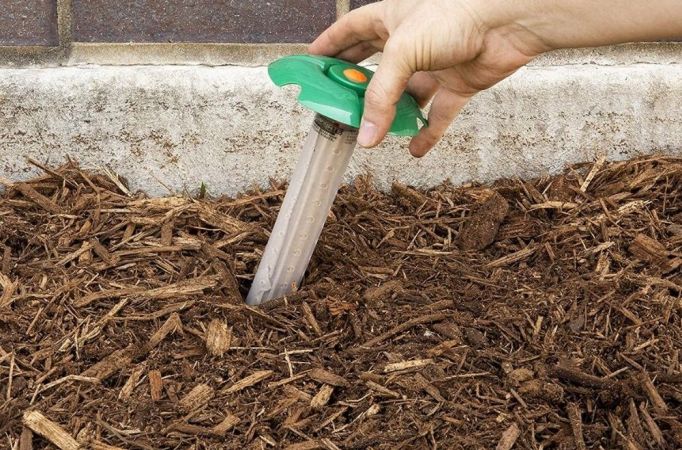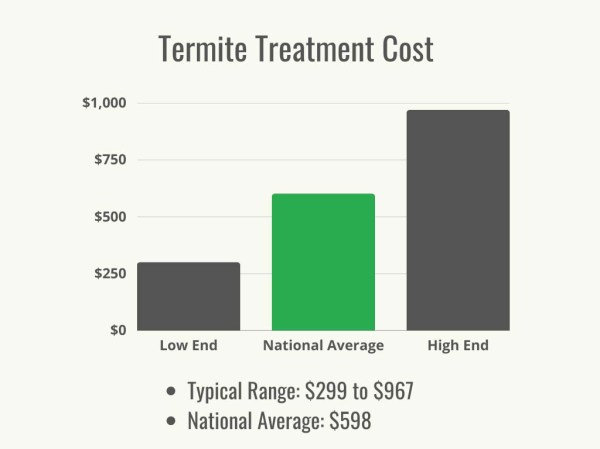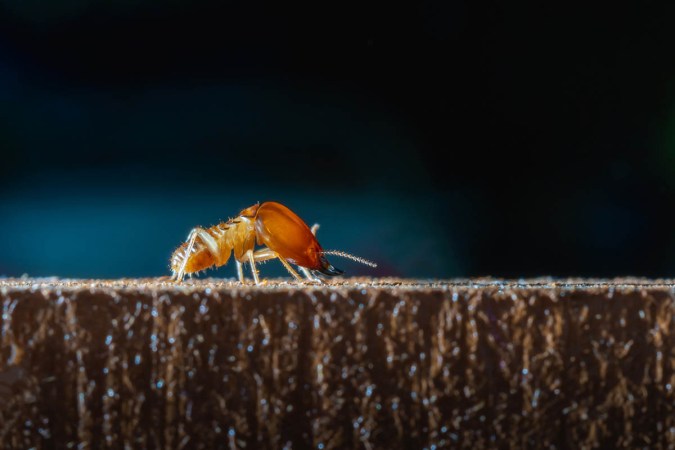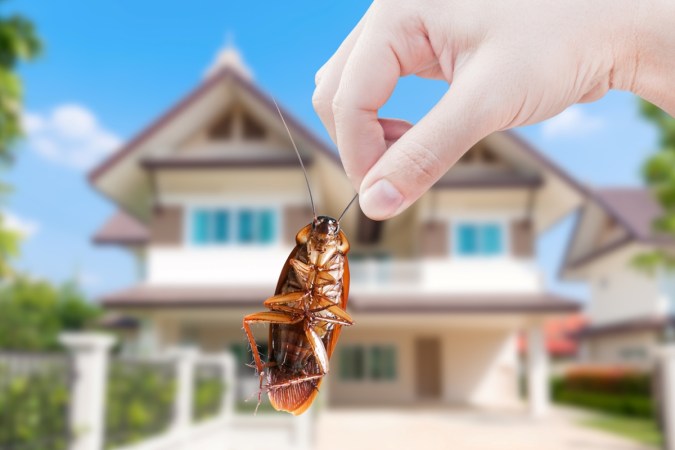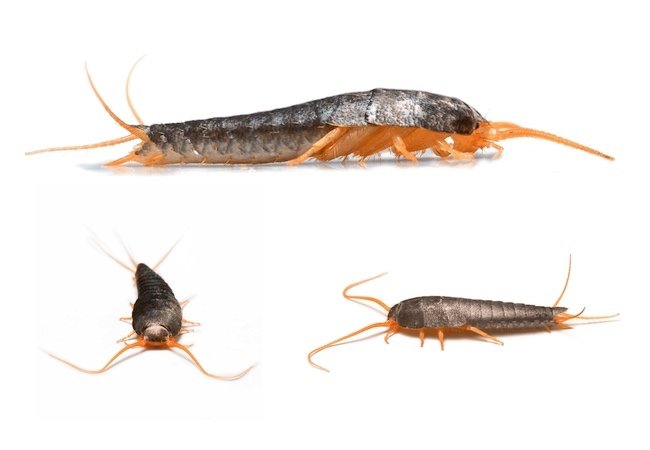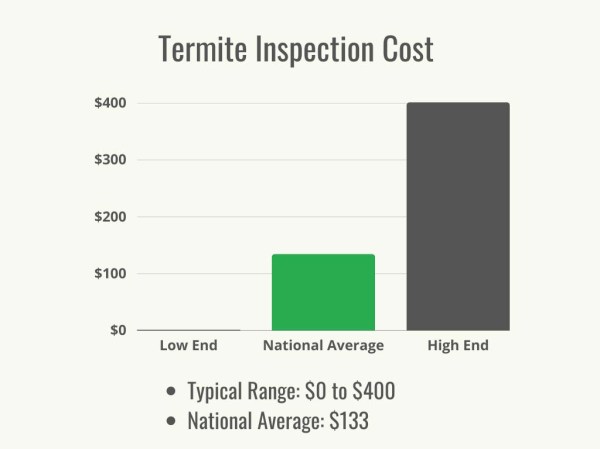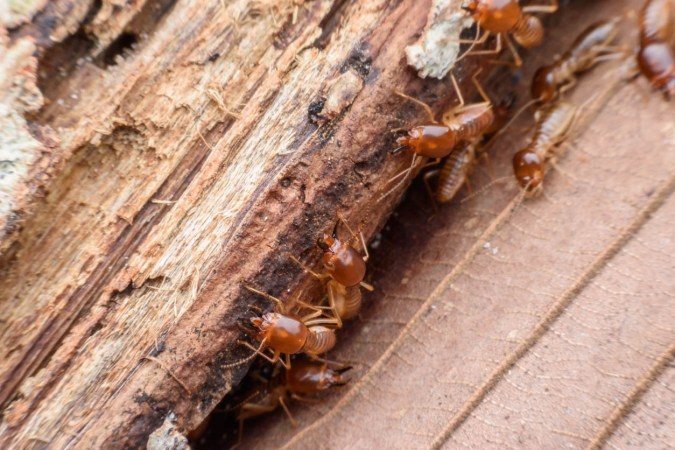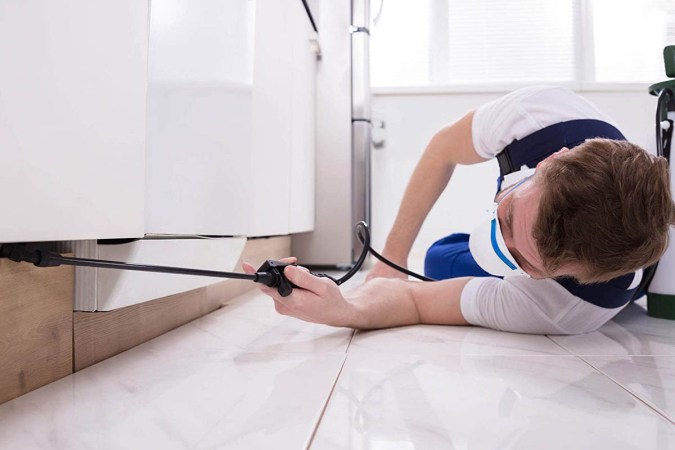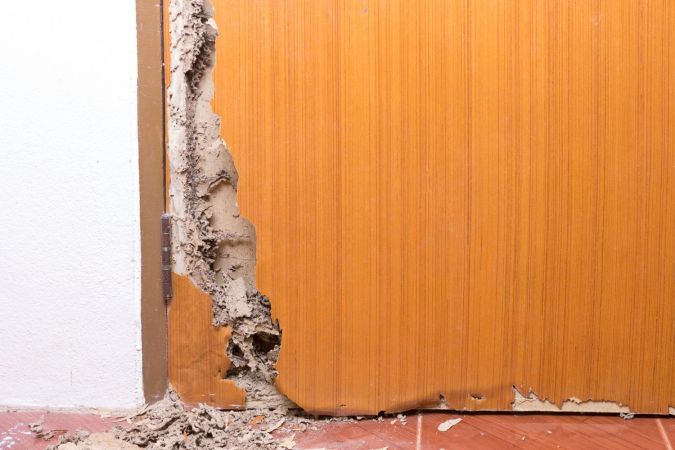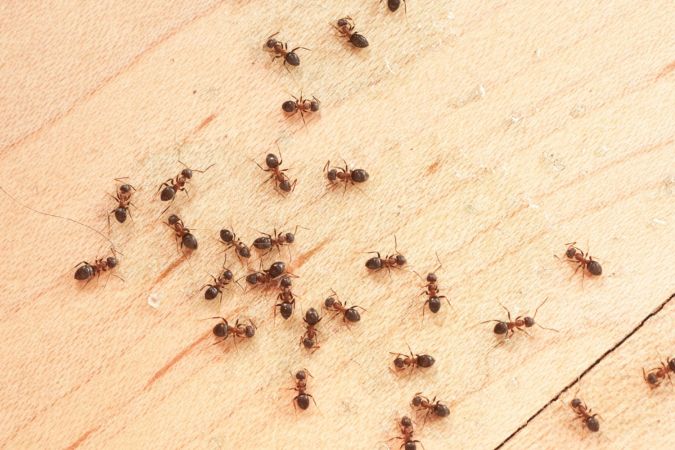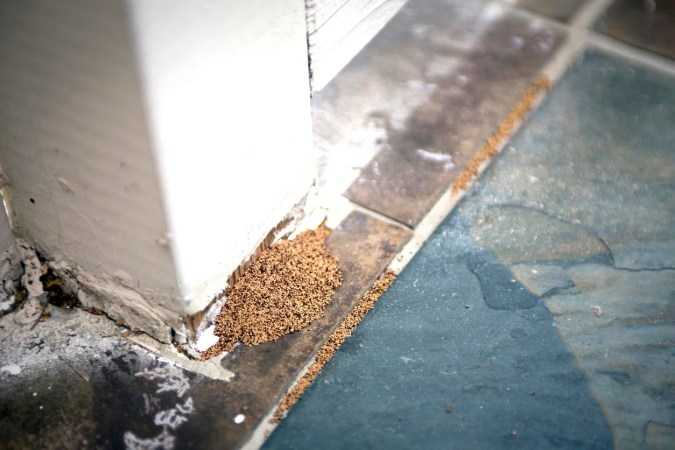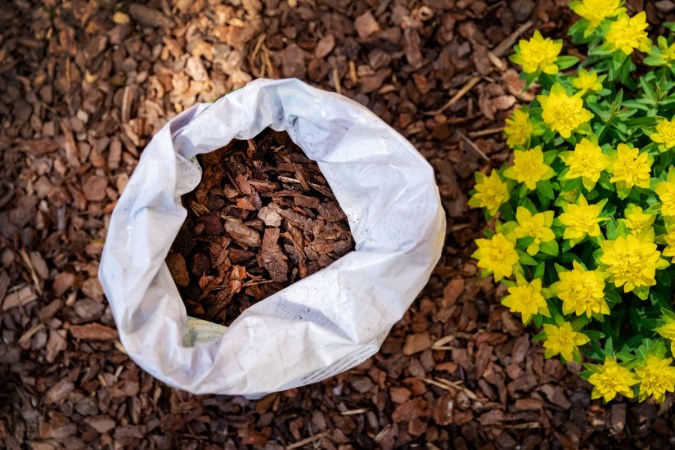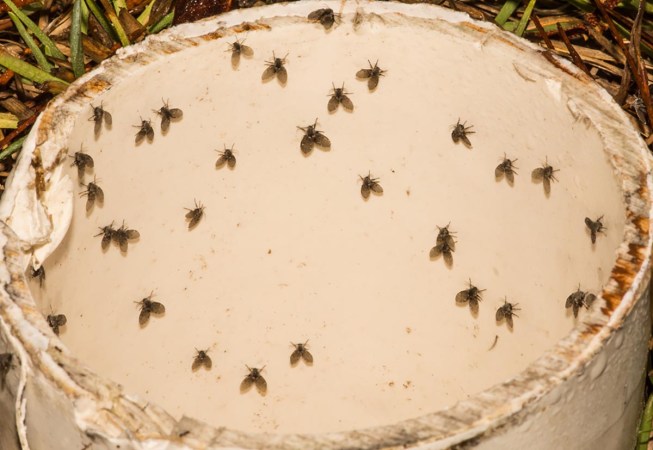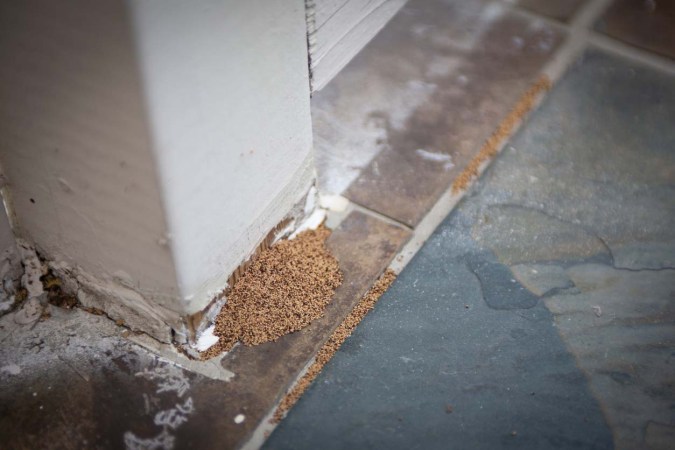We may earn revenue from the products available on this page and participate in affiliate programs. Learn More ›
Preventing and treating termite infestations is a top priority for many homeowners. Termite control is not a do-it-yourself project, however; homeowners should always hire a certified pest management professional when treating or preventing termite infestations.
Termites — subterranean, drywood, and dampwood — infest different regions of the country, live in large colonies, and are the No. 1 wood-destroying pest in the country. Preventive measures for termites include treating the soil surrounding the house with pesticides, installing barriers around the home, a combination of the two, or less toxic bait-and-monitoring systems.
Soil Treatment
Soil treatment practices have seen many changes over the years. Chlordane — no longer used, but once the termiticide of choice — remained in the soil for decades and negatively impacted ecosystems. The new generation of soil treatments is water-based with low amounts of active ingredients. Termidor, the leading termite control product in the U.S., is a water-based solution of .06 percent fiprinol blended with large amounts of water. “Fipronil has been shown to have a very low hazard to mammals and none to vegetation. It’s the same thing used on household pets to kill fleas and ticks,” says Dr. Bob Davis, a research entomologist in Texas. “Termidor binds tightly with the soil when applied, so there is no risk of run-off or leaching into the ground water,” says Kat McAndrew, spokesperson for Termidor. Soil treatments like Termidor or Premise can be used as curatives or preventives and must be applied by licensed pest management professionals.
Soil treatment for termite entails digging a six-inch-by-six-inch trench around the perimeter of the home, applying the solution to the soil, and allowing it to rest before replacing the excavated soil. “The process to treat takes about half a day,” says McAndrew, “and the solution is completely odorless.” Termites that crawl through treated soil come into contract with fipronil either through ingestion or absorption and transfer the agent to any other termites through contact. Ultimately the entire colony becomes infected through transfer and dies off completely within months.
An infested home requires additional treatment steps, such as drilling into the foundation and more extensive application of the solution.
Bait and Monitoring Systems
Bait and monitoring systems such as Sentricon and Exterra reduce pesticide use dramatically by placing wood bait stations at regular intervals around the perimeter of the house. “We drill our stations every 10 feet around the house and use raw wood to bait the termites,” says Teri DiBella of PestAgon in Sarasota, FL. Once installed, specialists monitor the bait stations every two months to check for the presence of termites. Once termites are detected in a station, the bait is switched with termiticide bait that they carry back and feed to the rest of the colony, eventually killing it off. The process is slower than soil treatment, but it applies pesticides only when needed and does not involve the use of liquid chemicals. “Once a bait station has a hit, we drill auxiliary stations near it to assure that the colony is dealt with immediately,” adds DiBella.
Bait and monitoring systems are effective preventive measures against termites, but they are limited in their ability to eliminate present problems. “Termites already feeding on the home have no reason to switch to the bait,” explains McAndrew.
An existing termite infestation will nearly always require the use of some chemicals to deal with the problem. Another issue is the constant monitoring necessary for the system to work. Although PestAgon bills at $39 a month for a comprehensive system, which includes drilling and installation of the bait stations, such a cost can quickly add up as months go by. To justify the monthly charge, PestAgon provides additional pest control services, including drywood termite control, pest control for the interior and exterior of the home, and Level 1 mold and mildew remediation.
Termite Barriers
Physical barriers are an effective defense in the fight against termites. They are typically installed in new homes as part of the foundation. These can be strictly material barriers or contain a termiticide to kill or repel any termites that approach and attempt to penetrate the barrier.
Mesh barriers are usually made of stainless steel with holes too small for termites to crawl through and too strong for them to cut through. Mesh barriers can be installed as part of the foundation, around the perimeter of the home, under the slab, and at potential entry points such as service pipes.
Aggregate barriers that are comprised of sand or rock particles that are too big for the termites to move and too close together for the termites to tunnel through are also used under and around the foundation of a home. Granitgard uses pesticide-free concrete and road-sealing particles to keep termites out.
Plastic barriers are used around service and utility pipes within the home. These barriers are installed as part of the foundation and are often capped with concrete. Some plastic barriers include a layer of termiticide as part of the system, such as the Impasse Termite blocker system.

